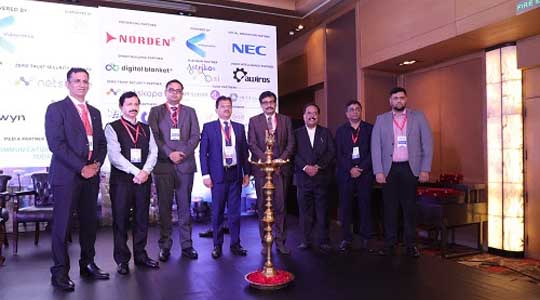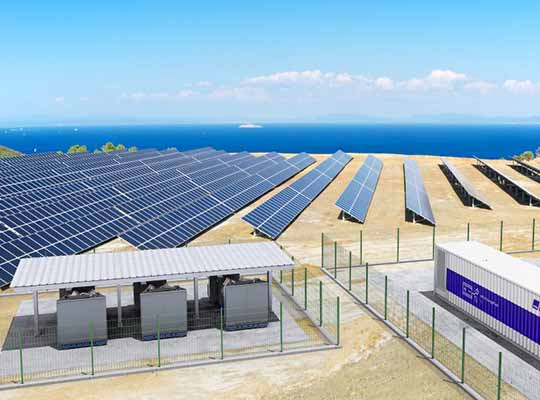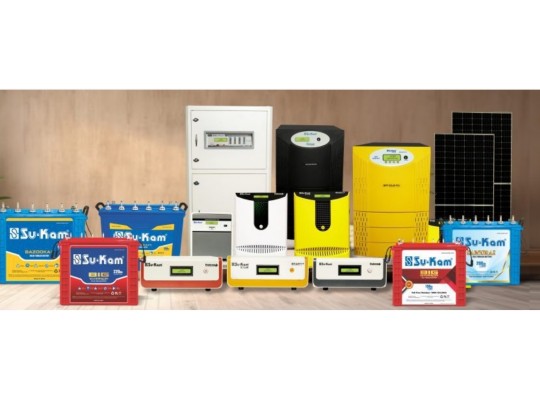INDIA – Honeywell has announced that Mighty Buildings will use Honeywell Solstice Liquid Blowing Agent (LBA) as a key component in the material it uses to build 3D-printed homes. Honeywell’s low-global warming potential (GWP) technology will replace traditional foam insulation, helping Mighty Buildings reduce emissions and produce strong, energy-efficient building panels. The collaboration with Mighty Buildings supports Honeywell’s alignment of its portfolio to three powerful megatrends, including the energy transition.
A recent UN Environment Programme report found that the construction and building industry is responsible for 37% of global greenhouse gas emissions. Solstice LBA has the potential to reduce the industry’s environmental impact as its GWP is 99.9% lower than other blowing agents commonly used during construction. With Solstice LBA, 3D-printed homes can be built with near-zero waste and in a quicker timeframe than conventional construction methods.
“When used with our patented 3D-printing technology, Solstice LBA will enable us to build comfortable and climate-resistant housing,” said Scott Gebicke, CEO, Mighty Buildings. “The construction industry needs fast, safe and reliable alternatives to traditional building materials. By incorporating Solstice into our production process, we can further enhance the performance and sustainability of our 3D-printed products while reducing the construction industry’s overall carbon footprint.”
The 3D-printed panels developed using Solstice LBA will be manufactured at Mighty Buildings’ production facility in Monterrey, Mexico. The facility currently has capacity to print enough panels for two homes per day, and Mighty Building’ total construction time for a 3D-printed home is often less than a week. Once complete, these homes require less energy for heating and cooling than those built with other commonly used blowing agents due to Solstice LBA’s ability to provide better thermal insulation.
“Honeywell offers a range of solutions to help customers reach their emissions reduction and energy efficiency goals,” said Jeff Dormo, president of Honeywell Sustainability and Decarbonization. “Our Solstice technology is constantly being used in new ways, and by offering a non-ozone depleting, nonflammable and high-performance foam blowing agent, our work with Mighty Buildings has the potential to transform the future of homes and the building and construction industry as a whole.”
The Environmental Protection Agency has listed Honeywell Solstice LBA in their Significant New Alternatives Policy (SNAP) program, an initiative that promotes the development and adoption of alternatives to ozone-depleting materials.
Honeywell has invested more than $1 billion in research, development and the creation of new capacity for its Solstice technology, which currently has applications in refrigerants, blowing agents, aerosols and solvents, and is also being evaluated for expanded use in metered dose inhalers. Since its introduction in 2011, the use of Honeywell Solstice technology has helped avoid the potential release of the equivalent of more than 395 million metric tons of carbon dioxide into the atmosphere or the carbon emissions from nearly 94 million gasoline-powered passenger vehicles per year.













